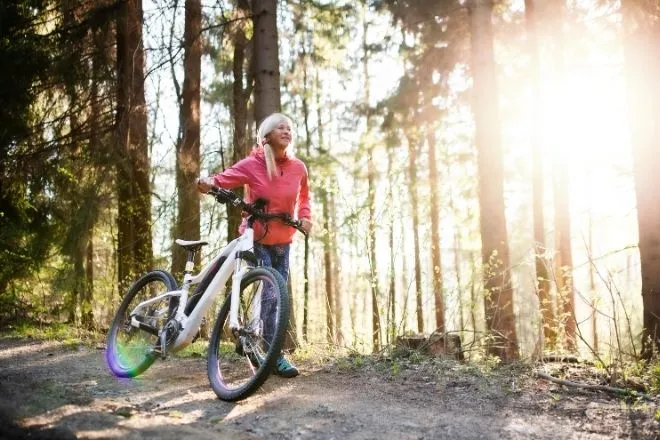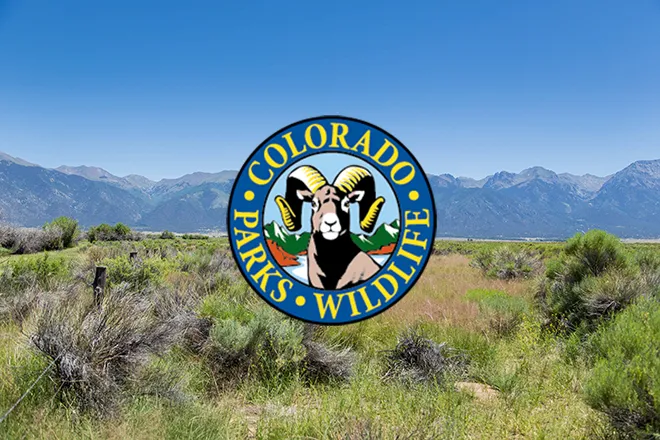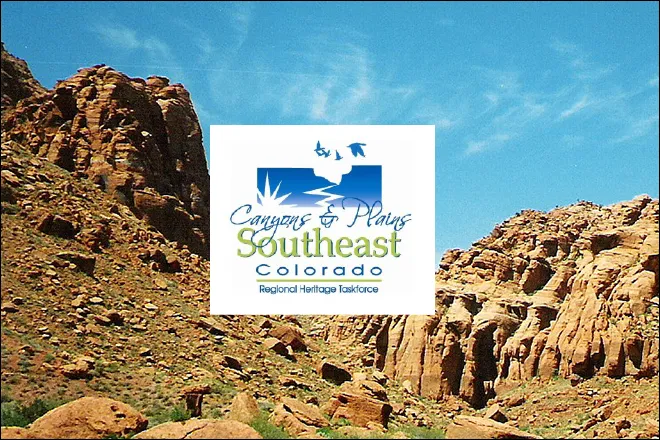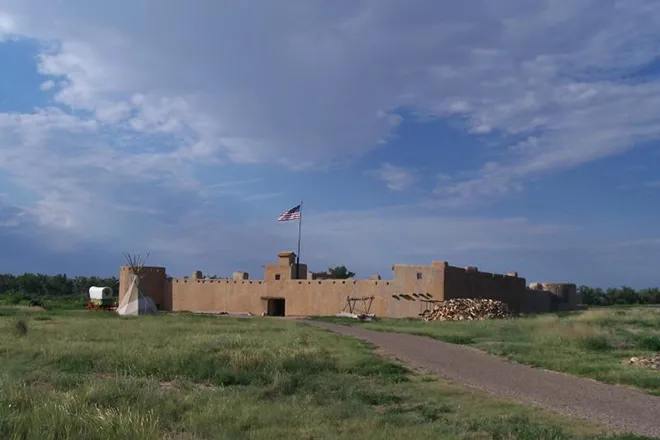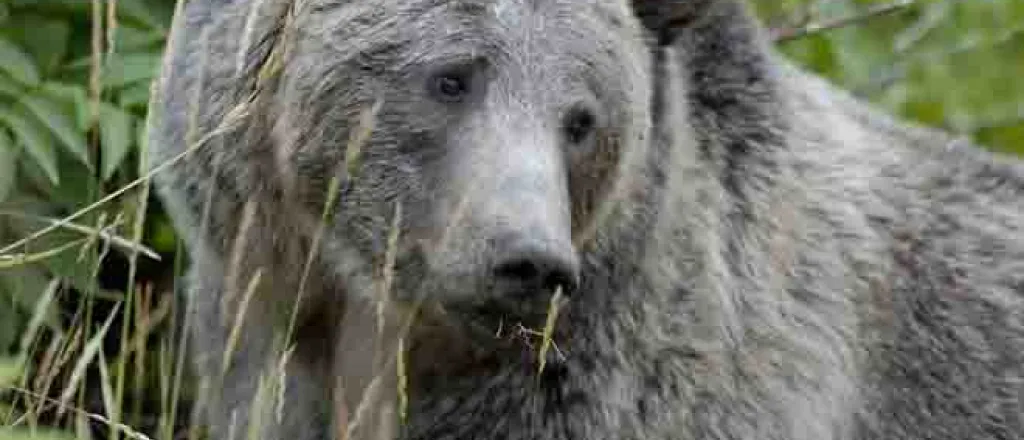
Female grizzly bears still at risk even after court ruling
(Wyoming News Service) The U.S. Fish and Wildlife and National Forest Services are headed back to the drawing board after a federal appeals court ruled that the authorization to kill up to 72 grizzly bears, including females, on public lands near Yellowstone National Park violated federal law.
Andrea Zaccardi - carnivore conservation program legal director with the Center for Biological Diversity - said grizzlies have one of the lowest reproduction rates of all mammals, and the survival of females is critical for the bears' recovery.
"The removal of even a few female grizzly bears can significantly impact the health of the population," said Zaccardi. "It takes a female grizzly bear ten years to replace herself in the wild."
The agencies argued that removing 72 bears would be consistent with population goals for the entire Greater Yellowstone Ecosystem.
Conservationists are urging the Forest Service to order ranchers to use nonlethal options to avoid conflicts - including removing all livestock carcasses and consistently using range riders to monitor herds - and stop killing female bears, while they reconsider their analysis.
A Forest Service spokesperson deferred to Fish and Wildlife's authority to manage grizzlies. When asked to comment, Fish and Wildlife declined.
Before being hunted to the brink of extinction, some 50,000 grizzlies roamed the lower 48 states. Today there are fewer than two thousand.
Zaccardi said the Fish and Wildlife Service's own data acknowledges the importance of female grizzlies to the health of populations.
"In the past, (the agencies) have generally considered a limit on how many female grizzly bears can be killed in the Upper Green project area," said Zaccardi. "This is one of the first times that they completely ignored that aspect."
People come to Wyoming from all over the world for the opportunity to see a grizzly bear in the wild. Zaccardi pointed out that there are currently just five isolated populations in the lower 48.
"And Yellowstone is one of the best places to see them," said Zaccardi. "So the local economies rely very heavily on the tourism industry that support the local businesses and the towns that surround Yellowstone National Park."


